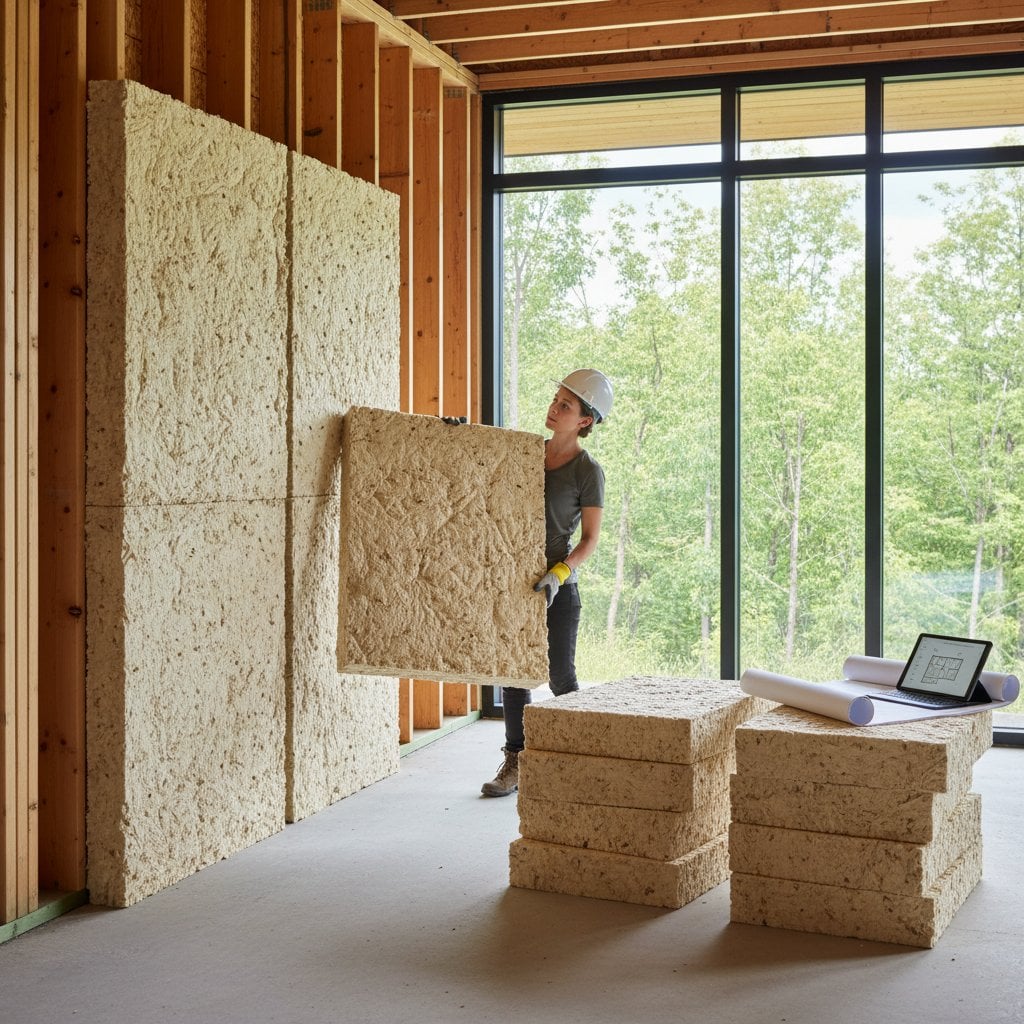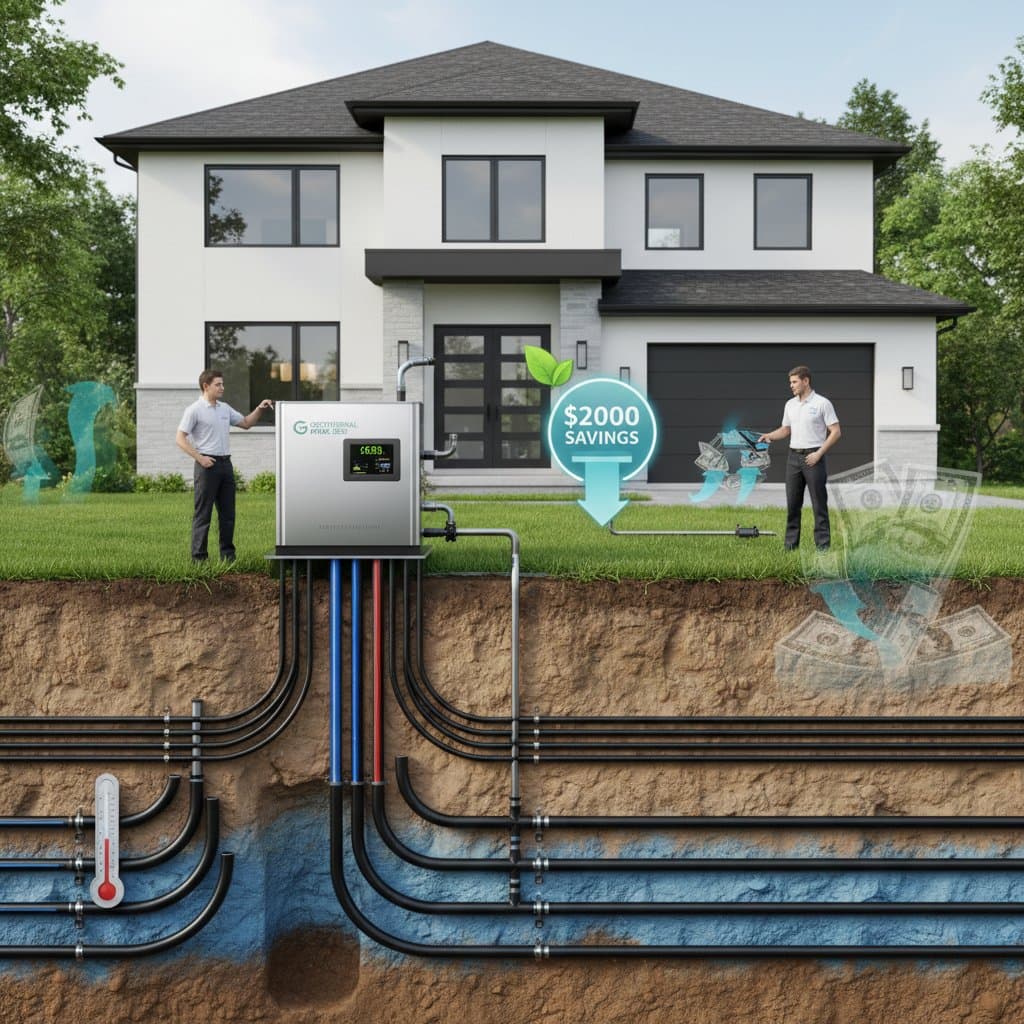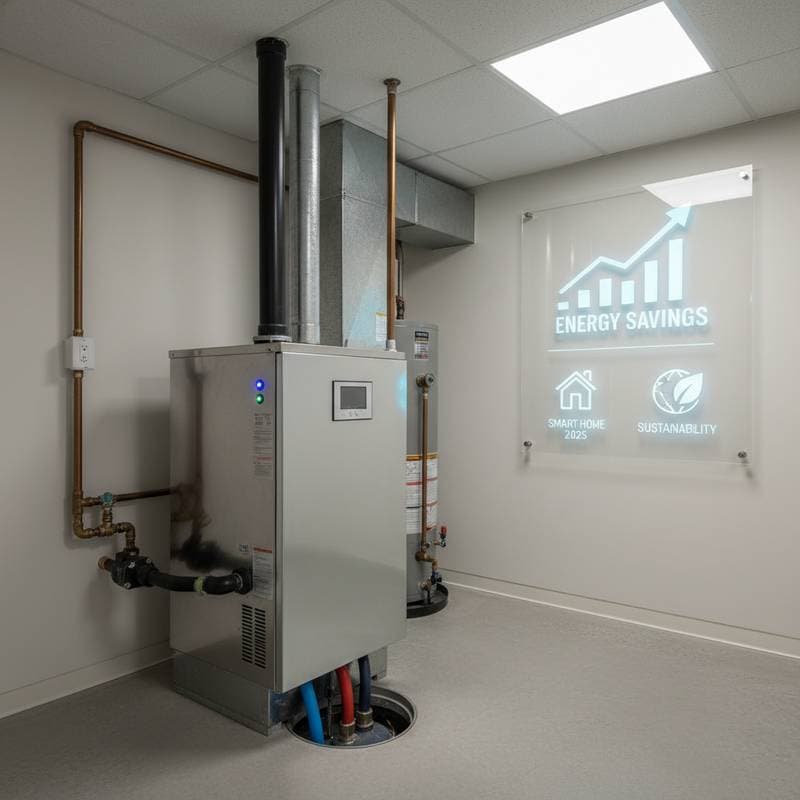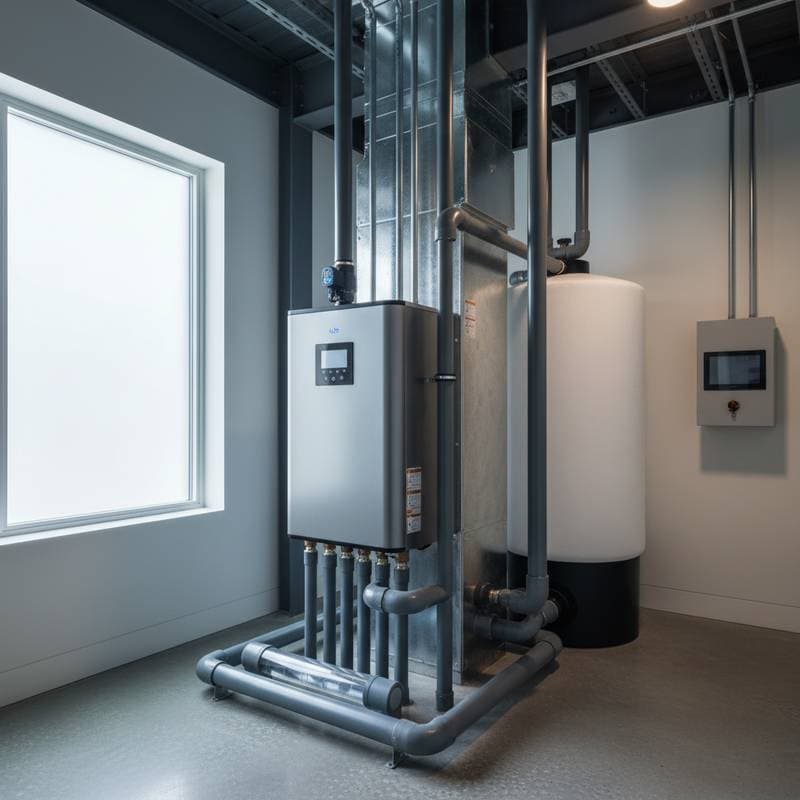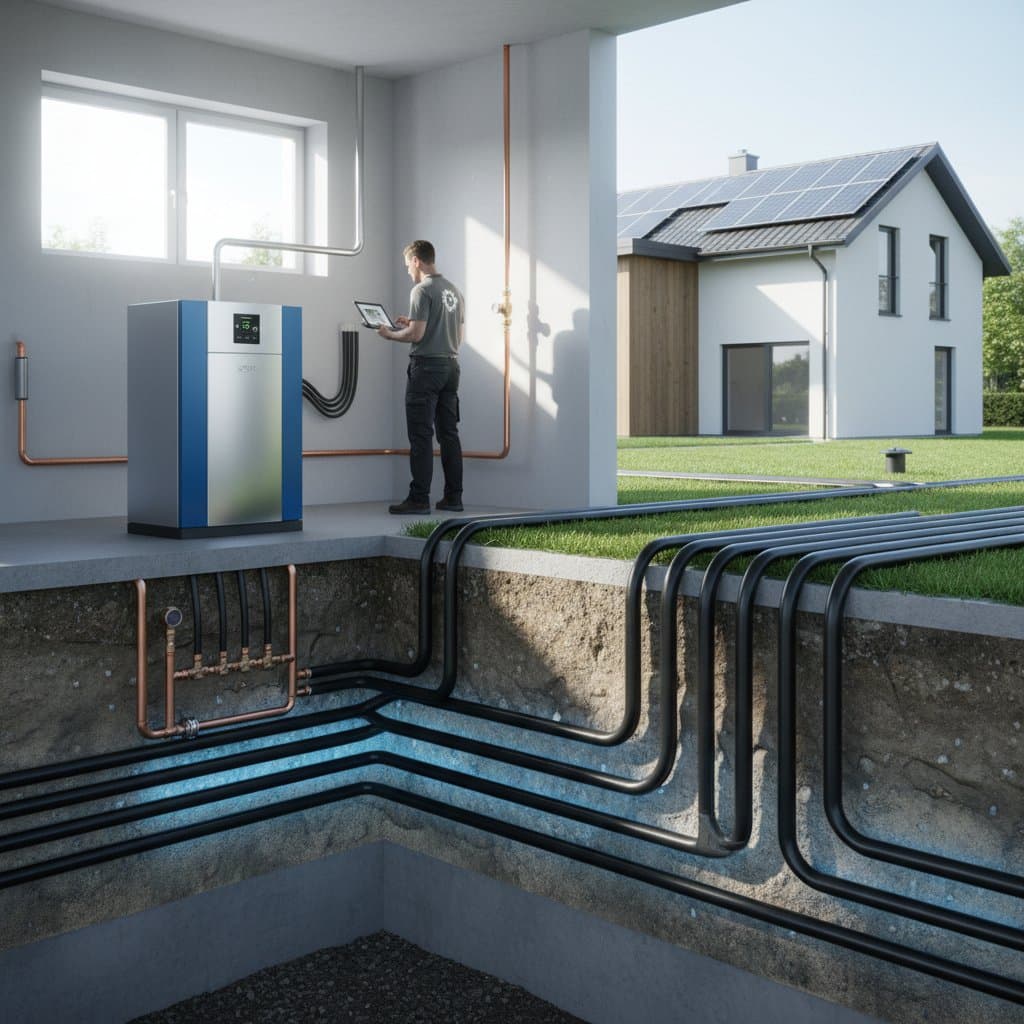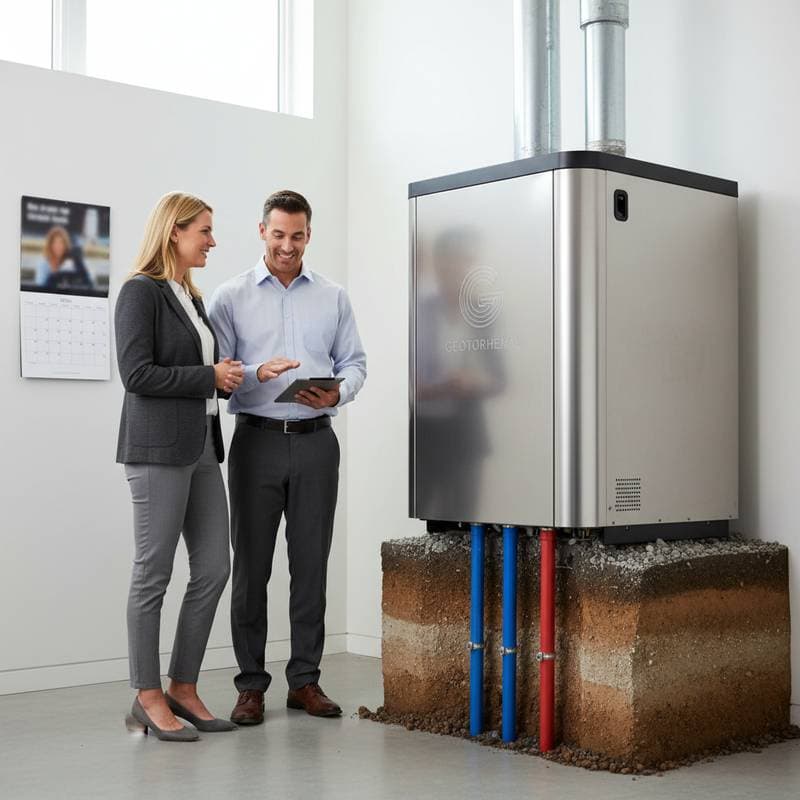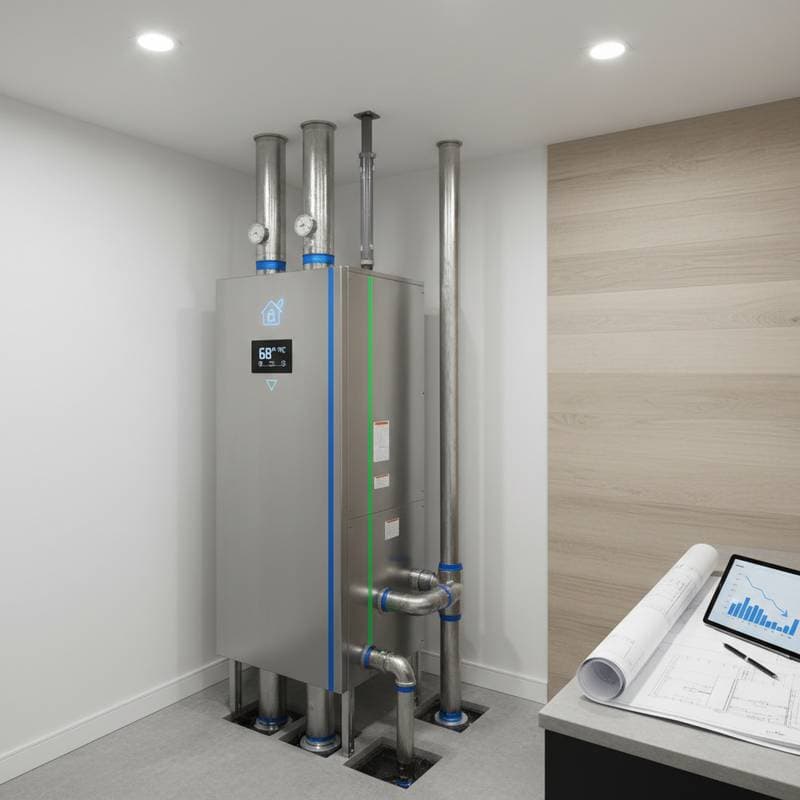Key Points
- Solar panels and gardens can work together through a practice called agrivoltaics, where both systems share the same space.
- Shade from panels can reduce water demand for plants, especially in hot regions, while panels benefit from cooler air circulating around vegetation.
- Success depends on the right plant choices, thoughtful panel placement, and awareness of costs and maintenance needs.
- Homeowners can use this dual-purpose strategy to cut energy bills, grow food, and create a healthier outdoor space.
The Challenge Homeowners Face
Rising energy costs and growing environmental concerns push many families to explore solar technology. At the same time, more people want to grow food at home, whether for cost savings, health benefits, or community resilience. The problem is that both solar arrays and gardens compete for the same limited outdoor space.
In many regions, long stretches of hot weather increase water usage in gardens by as much as 30 percent. Without shade, plants wilt and soil dries quickly. Meanwhile, solar panels lose efficiency when they overheat. This creates a scenario where both systems, if kept separate, may not perform at their best.
Expert Tips to Boost Your Home's Eco-Efficiency
1. Choose the Right Plants
Not every crop thrives under panels. Focus on species that tolerate or even prefer partial shade.
- Leafy greens: lettuce, kale, spinach, arugula
- Root vegetables: carrots, radishes, beets
- Herbs: mint, parsley, cilantro
- Shade-loving ornamentals: hostas, ferns, native wildflowers
2. Optimize Panel Height and Angle
Panels should sit high enough to allow airflow and access for gardening tasks. Many residential systems work well with panels raised 3 to 5 feet above ground, tilted to maximize sunlight capture while leaving space beneath.
3. Manage Water Wisely
Partial shade reduces evaporation, which can cut irrigation needs by up to 20 percent. Drip irrigation systems are ideal for these gardens since they deliver water directly to root zones.
4. Create Accessible Pathways
Leave clear paths between panel rows for weeding, harvesting, and maintenance. This prevents soil compaction and makes the space feel more like a functional garden instead of a cramped utility area.
Why This Approach Works in Different Climates
In hot, dry climates, agrivoltaics reduces water stress. Shade-loving vegetables thrive while your panels avoid overheating. In cooler northern regions, where growing seasons are shorter, panels can protect tender crops from late frosts or sudden weather swings. Even in humid areas, the airflowpanels can limit fungal problems and improve plant health.
Dr. Elena Lopez, an environmental scientist specializing in renewable systems, said, "Microclimates created under solar arrays are not just quirks.
Your Next Steps
If you are considering combining solar energy with a thriving garden, start by sketching your outdoor space and identifying areas of full sun, partial shade, and airflow patterns. Think about what you like to grow and how those crops might perform under panels. Then connect with a vetted green building expert through our platform to evaluate your goals. They can ensure your installation meets both energy and gardening needs, while also checking for compliance with local codes.
By integrating agrivoltaics at home, you create a living system where energy and food production enhance each other. Instead of choosing between a productive garden and a solar-equipped roof or yard, you enjoy both.
FAQs
Q: Will plants under solar panels grow slower due to less sunlight?
A: Some plants may grow slightly slower, but many leafy greens and root vegetables actually thrive with reduced heat stress. Yields can remain steady or even improve in hot conditions.
Q: What crops are best avoided under panels?
A: Tall crops like corn or sun-loving fruits such as peppers and melons perform poorly in shade. These are better positioned in open areas alongside the array.
Q: How much maintenance does an agrivoltaic system require?
A: Expect seasonal weeding, irrigation checks, and occasional panel cleaning. With proper design, total maintenance is similar to a traditional garden plus standard solar upkeep.
Q: Can I use raised beds under solar panels?
A: Yes, raised beds help organize plantings, improve drainage, and protect panel supports from soil moisture. Just ensure they do not block airflow or panel access.
Q: Do panels affect soil health over time?
A: Panels can actually protect soil by reducing erosion and water loss. With careful crop rotation and organic practices, soil health remains strong or even improves.


